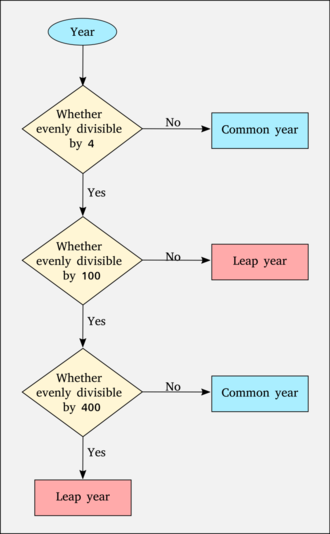How to find leap year A leap year is identified based on a specific rule that adjusts the calendar year to synchronize with the Earth’s orbit around the Sun. The rule states that a year is a leap year if it is divisible by 4. However, if the year is divisible by 100, it is not a leap year, unless it is also divisible by 400. This adjustment ensures that the calendar year closely matches the astronomical year, which is approximately 365.2425 days long. For instance, the year 2020 was a leap year because it is divisible by 4 and not by 100 unless by 400, while 1900 was not a leap year as it was divisible by 100 but not by 400

Understanding Leap Year Basics
Certainly! Here are key points to understand about leap years:
- Definition: A leap year is a year that has 366 days instead of the usual 365 days. This extra day, February 29th, is added to keep our calendar synchronized with the Earth’s orbit around the Sun.
- Rule: The basic rule for determining a leap year is if the year is divisible by 4. For example, 2020 and 2024 are leap years because they are divisible by 4.
- Exception: Years divisible by 100 are not leap years, unless they are also divisible by 400. For instance, 1900 was not a leap year because, although divisible by 4, it is also divisible by 100 but not by 400.
- Purpose: Leap years ensure that our calendar year closely matches the solar year, which is approximately 365.2425 days long. Without leap years, our calendar would gradually fall out of sync with the seasons.
- Historical Context: The concept of leap years dates back to ancient civilizations, including the Egyptians and Romans, who introduced various methods to adjust their calendars to account for the solar year.
Rules for Identifying Leap Years
Certainly! Here are the rules for identifying leap years:
- Divisibility by 4: A year is a leap year if it is divisible by 4. For example, 2020 and 2024 are leap years because they can be divided evenly by 4.
- Exception – Divisibility by 100: Years divisible by 100 are not leap years, unless they are also divisible by 400. For instance, 1900 was not a leap year because it is divisible by 100 but not by 400.
- Example Application:
- Leap Years: 2000, 2004, 2008, 2012, 2016, 2020, 2024, etc. (divisible by 4 and not by 100 unless by 400)
- Non-Leap Years: 1900, 2100, 2200, 2300, etc. (divisible by 100 and not by 400
Calculating Leap Years Manually
Calculating leap years manually involves applying specific rules to determine whether a given year has an extra day, February 29th. Here’s a step-by-step guide:
- Divisibility by 4: Start by checking if the year in question is divisible by 4. If it is, proceed to the next step. If not, it is not a leap year.
- Divisibility by 100: If the year is divisible by 4, check if it is also divisible by 100. If it is, move to the next step. If not, it is a leap year.
- Divisibility by 400: If the year is divisible by 100, further check if it is divisible by 400. If it is, then it is a leap year. If not, it is not a leap year.
Using this method:
- Years divisible by 4 are potential leap years.
- Years divisible by 100 are exceptions unless they are also divisible by 400.
For example:
- 2000: Divisible by 4, divisible by 100, and divisible by 400, so it is a leap year.
- 1900: Divisible by 4, divisible by 100, but not divisible by 400, so it is not a leap year.
- 2024: Divisible by 4 and not by 100 unless by 400, so it is a leap year.
Conclusion
In conclusion, How to find leap year identifying leap years follows a clear set of rules: a year divisible by 4 is generally a leap year, unless it is divisible by 100 but not by 400. This system ensures our calendar remains synchronized with the Earth’s orbit, maintaining accuracy in timekeeping and seasonal cycles. Understanding these criteria is fundamental for various applications, from historical chronology to modern scheduling, ensuring events align correctly with the calendar year.
FAQs
Q: 1What is a leap year?
Ans:: A leap year is a year that contains an extra day, February 29th, making it 366 days long instead of the usual 365. This adjustment helps keep our calendar in sync with the Earth’s orbit around the Sun.
Q: 2How do you know if a year is a leap year? ?
Ans: The rule for identifying leap years is based on divisibility: a year is a leap year if it is divisible by 4. However, there are exceptions. Years divisible by 100 are not leap years unless they are also divisible by 400.
Q:3 Why do we have leap years?
Ans: Leap years are necessary to ensure that our calendar year aligns closely with the solar year, which is approximately 365.2425 days long. Without leap years, our calendar would slowly drift out of sync with the seasons over time.
Q: 4When was the concept of leap years first introduced?
Ans: The concept of leap years dates back to ancient civilizations, including the Egyptians and Romans, who developed methods to adjust their calendars to match the solar year.






